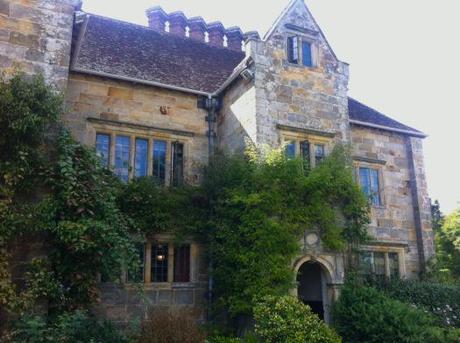
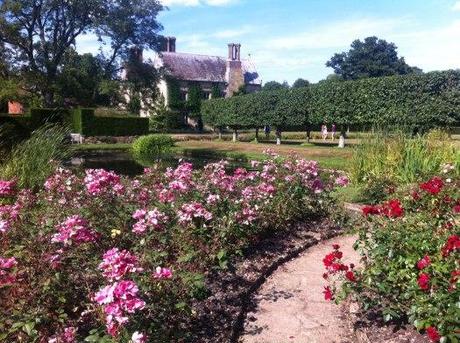
Two weeks ago, with the promise of lots of lovely long days filled with sunshine, my mum and I finally decided to visit two places we’ve been meaning to get to for a while, just over the county border in East Sussex. First up was Bateman’s, Rudyard Kipling’s beautiful Jacobean manor house nestled down a quiet country lane in the tiny village of Burwash. The village itself is ridiculously pretty, surrounded by open fields and filled with higgledy piggledy rows of 18th and 19th century cottages, Georgian manses and hanging baskets overflowing with late summer flowers. Kipling’s house is built from a lovely mellow stone that blends perfectly with the surrounding landscape, and inside, all is pretty much as he left it. The rooms are warm and cosy, perfectly proportioned and filled with hundreds of fascinating artifacts. Kipling and his family were clearly very happy at Bateman’s, and the whole property, including the lovely rose filled gardens, have a relaxing and calm atmosphere that makes you feel the world and its troubles are miles away. It’s a beautiful spot to come and while away a pleasant summer’s afternoon.
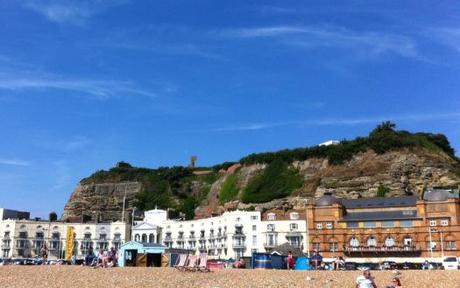
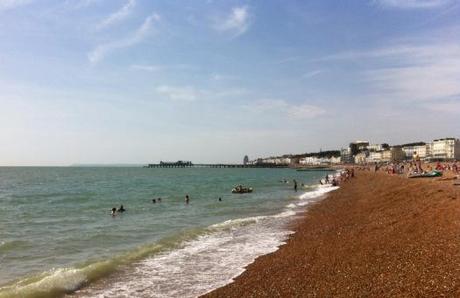
Having driven through so much pretty countryside on our way to Bateman’s, the next day we decided to go back to East Sussex and see a little more of what the county has to offer. Our first stop was the seaside town of Hastings. Once a popular and elegant resort, particularly favoured by the railway loving Victorians, in the 20th century its fortunes dwindled and it became badly run down. It doesn’t have a particularly good reputation and, when we got off the train and walked into the main town centre, we could clearly see why. The discount shops, crumbling terraces and gangs of mouthy teenagers are only one side of Hastings, however. Just a short walk along the seafront lies the Old Town, with its winding maze of lanes cut into the cliffs that are filled with centuries old buildings of all different shapes and sizes. Here are dozens of wonderful antique shops, boutiques, cafes and restaurants that reminded me very much of Brighton’s Laines. At the edge of the Old Town is the Stade, which is a parade of 19th century fishing huts unique to Hastings. Amongst these is the fascinating Fisherman’s Museum, which is well worth a visit, the new Jerwood Gallery, and the famous Maggie’s Fish and Chip shop, which you need to book weeks in advance to guarantee a seat!
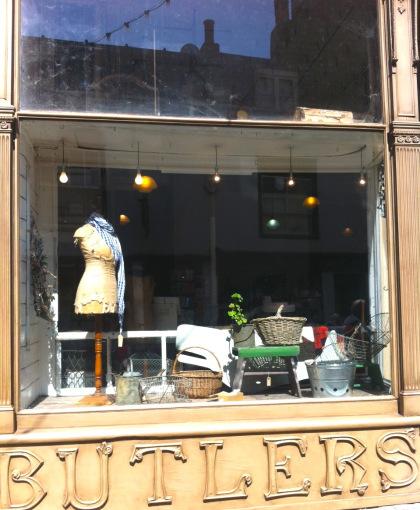
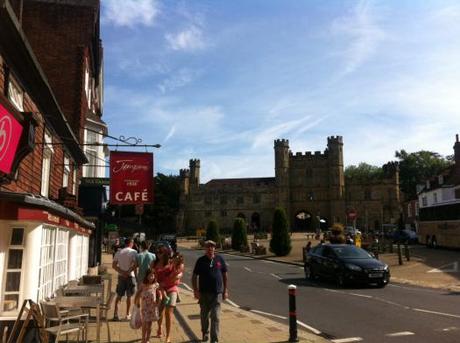
After a quick lunch of a Fisherman’s Roll, we strolled along the pebbly beach and splashed our feet in the freezing water before heading back to the station. On our way we marvelled at the beautiful Georgian architecture that can be seen snaking up the cliffs to the ruined castle that perches on top of the town. There are crescents and crescents of lovely houses that would cost a fortune if they were anywhere else; it is easy to imagine just how smart Hastings once was. With the arrival of a modern art gallery and the revitalisation of the Old Town, Hastings certainly has more to it than meets the eye, and I hope that it will see a revival in its fortunes in the near future.
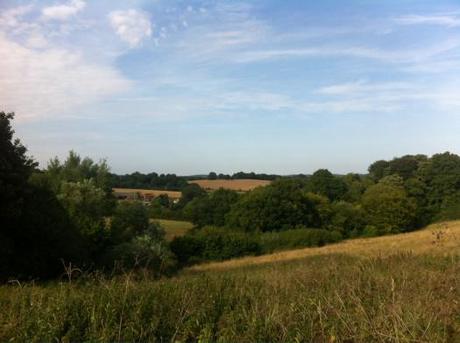
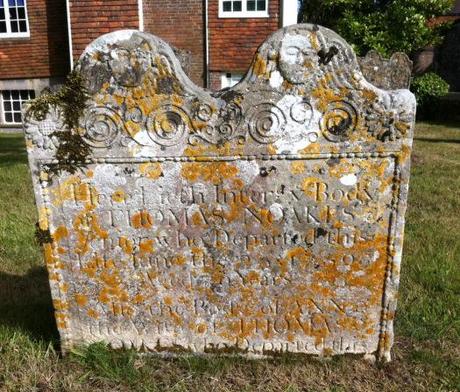
On our way home, we jumped off the train at nearby Battle to go and have a look at Battle Abbey. As every former British school child will know, Battle was the site of the Battle of Hastings in 1066, when William the Conqueror defeated King Harold. There’s no sign of this bloody past in the town today, which is picture postcard pretty. Its main street leads off from the gates of the Abbey, which was built in the 11th century to commemorate the Battle of Hastings. The high street contains a mixture of tacky tourist shops and lovely independent boutiques, and there are also plenty of tea shops to satisfy the tourist’s appetite. We stopped at Mrs Burton’s, right outside the Abbey, and had delicious cakes and tea while watching the world go by. We then wandered back to the station via the lovely church, whose yard has some amazing gravestones, and the open fields that surround the town, which once would have contained thousands of troops on their way to fight for their King. Beautiful, historical and diverse, East Sussex certainly has a lot to offer!
